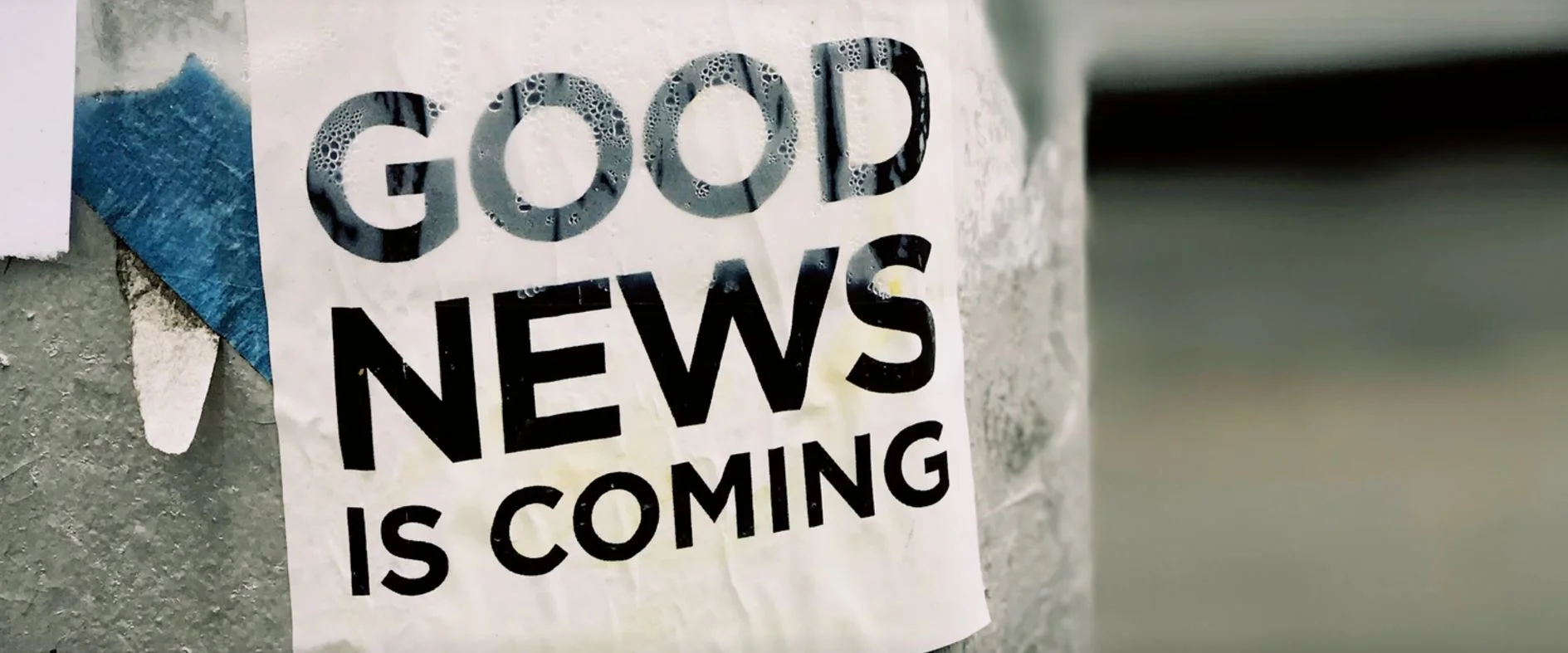Services like SEO can be very frustrating to find. Agencies will charge astronomical prices and can have middling results while freelancers are a complete guessing game most of the time. As a small to medium (or maybe even large) sized business, just know that you’re not alone.
Over the years, we’ve talked to so many companies that got scammed by their previous SEO, found someone who didn’t know what they were doing or got slapped with a penalty due to the SEO using outdated practices that are now banned. We’ve heard the pain, believe me.
How To Find A Good SEO
Whether you need a consultant, a local expert or an agency, the best thing you can do is ask other companies/business owners. Even if that means attending a Chamber of Commerce get-together and asking around then do that. The real secret is: the best SEOs are often hidden. That may sound counterintuitive, but most of the scams come from two places:
Agencies that spend all their effort marketing and don’t train their SEOs, relying on the fact that the industry is “mysterious” and the client won’t know how to properly pay attention.
Freelancers who promise the world but have no idea what they’re doing
When you ask someone for an SEO reference and they give you one, then ask them how much their traffic and rankings have increased. Ask them if they’re getting additional business and if that business was brought by the SEO. SEO can be hard to measure so you may not get a direct 1-to-1 (unless it’s an eCommerce site), but make sure the person themselves isn’t just guessing.
Let me say this clearly: Advertising presence does NOT mean good SEO. While I can’t mention their name, the area where I live has a huge agency. They don’t train their SEOs, they’re only allowed to do content and meta tags (SEO is way more than that) and they have a massive marketing budget. When an SEO leaves? No worries, they just grab some college graduate to act the part.
I know this because I interviewed for new SEO positions and interviewed several of them. None of them had any experience and they were not allowed to learn SEO past a certain point or they would literally be fired. Insane.
What if I can’t find a good SEO?
As a freelance network, we locate the actual good SEOs and allow them to work remotely. A lot of them work for some of the top agencies as their main job, so there’s the trade-off of them not always being readily available, but we pay them a higher percentage and don’t have overhead, so we can charge you less on top of that. That’s why Esseo Digital was designed: to get rid of the headache of finding a good SEO.
If you’d like, then reach out to us! As the owner, I personally oversee and act as Project Manager on every project. As I have 16 years of SEO experience then I can also guide your account managers if I feel they’re taking a wrong turn. Although, to be honest, I never need to hold their hand on anything anymore.
You can reach out to us using the form below. We look forward to talking with you, and be careful out there. The world of SEO is filled with scam artists, so please be careful not to get burned.














